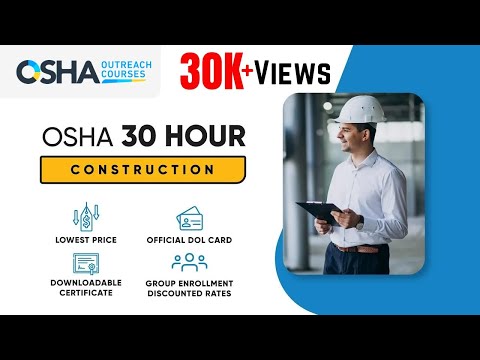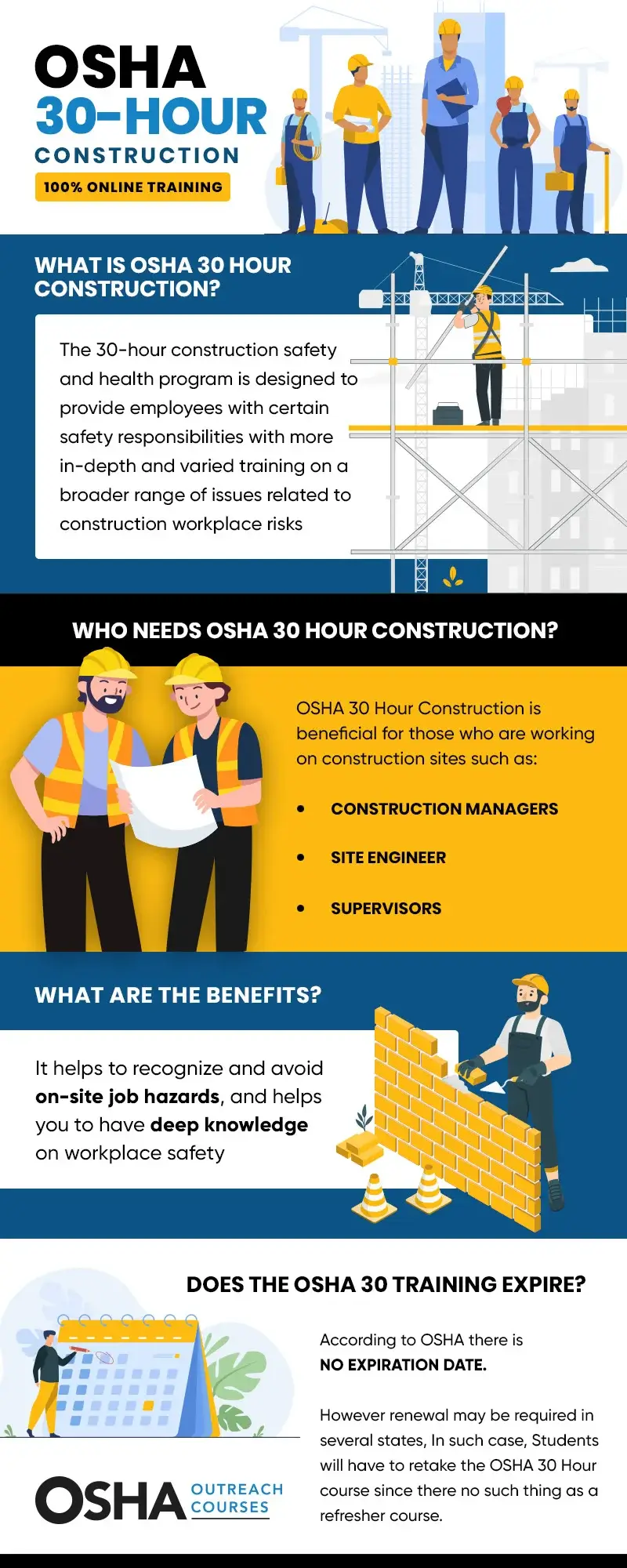
OSHA 30-Hour Construction
$99 $159.00
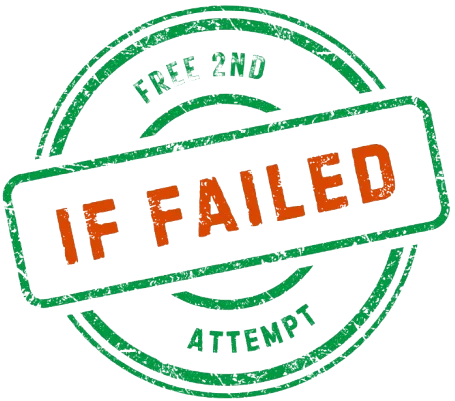
Enroll Now
OSHA 30-Hour Construction
$99
$159.00
Satisfied Customers
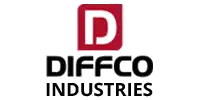


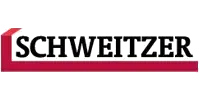
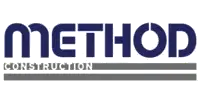


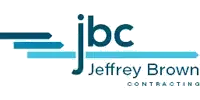
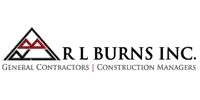
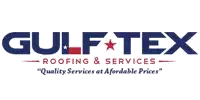
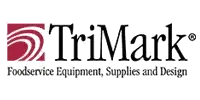
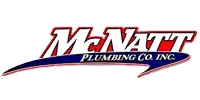
Why Workers Choose Us
Free Study Guide
Access to quality material
Two Free Courses
Enjoy bonus learning
No Hidden Cost
Transparent pricing only
Professional Support
24/7 customer assistance
Who Should Take OSHA Construction Safety Course
- Experienced Construction Workers: If you are taking on greater responsibilities at worksites, OSHA 30 training equips you with deeper knowledge to identify hazards.
- Supervisors, Foremen, and Site Leads: This course helps you understand OSHA regulations in detail so you can effectively manage safety, reduce risks, and protect your crew.
- Construction-Adjacent Professionals: Engineers, project managers, and other specialists who frequently visit or oversee construction sites benefit from this training.
What You Will Learn
In the OSHA 30-Hour Construction course, you will learn the advanced safety practices every construction worker needs.
Course Outline
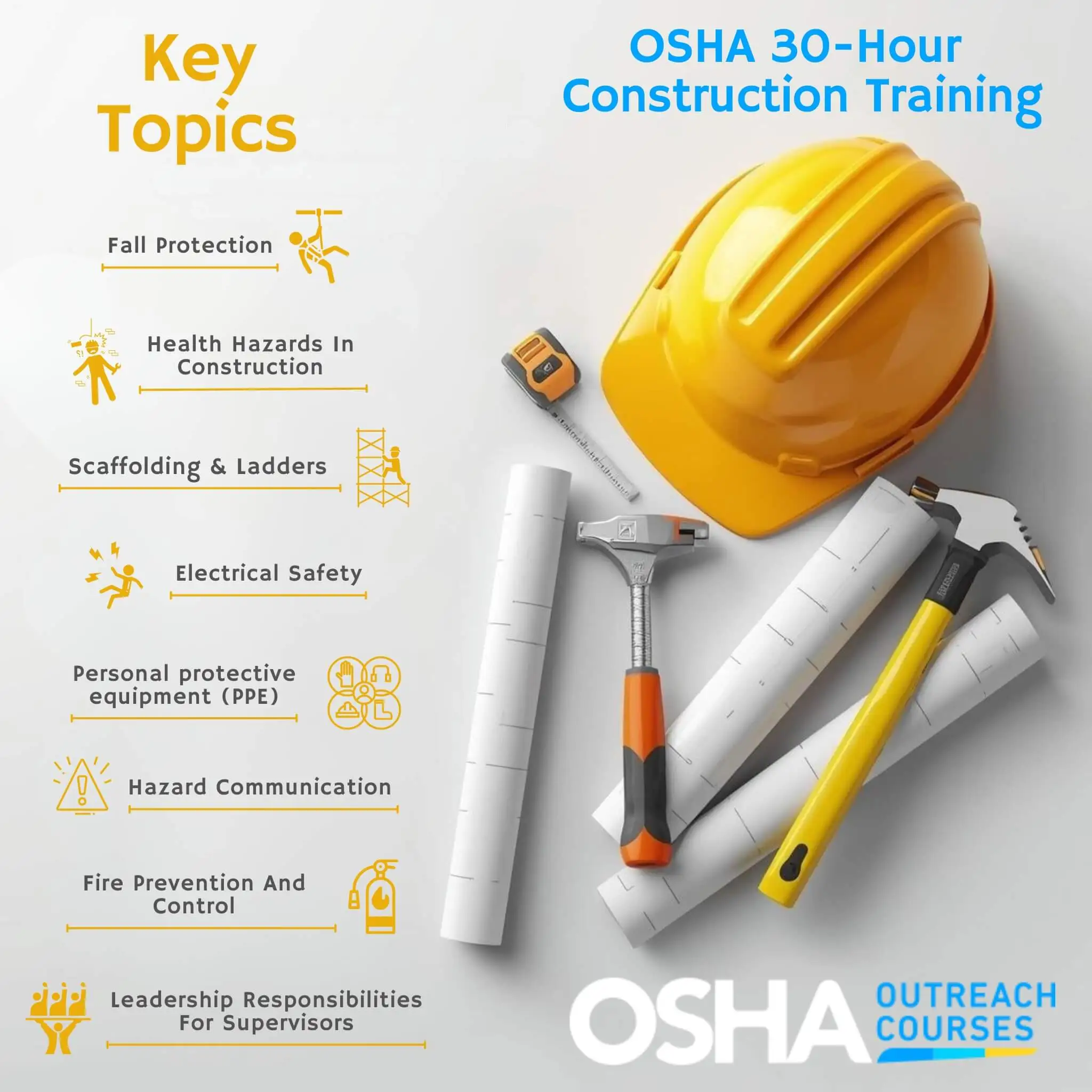
How Does The Online Program Work?
Cost of 30-Hour Construction Outreach Training Course
The cost of 30-Hour OSHA Construction course varies by provider, but most online options range from $99 to $159. You can always contact our representative to see if any discounts are available. Our platform offers flexible payment plans, such as AfterPay, which lets you split the total into four equal installments. While discounts and payment options make the course more accessible, be cautious of so-called “free” OSHA 30 courses, as they are often not accredited or officially recognized by OSHA.
Group Discount for Corporate Accounts

How to Enroll in OSHA 30-Hour Construction
1
Choose an authentic course provider.
2
Complete the registration process & pay for the course.
3
Start your training program from the first module.
4
Finish all the modules and pass the exam.
Benefits of OSHA 30 Construction Training
This course is delivered 100% online, making it easy for workers to train at their own pace.
- Self-paced and mobile-friendly.
- Start anytime, from anywhere.
- Receive an official DOL OSHA 30 wallet card, valid nationwide.
What You Will Get
Upon completion of this program, you will earn nationally recognized credentials that validate your training, provide proof of completion, and award continuing education units.
OSHA 30 DOL Card
Those who successfully complete the OSHA 30-Hour Construction course will receive a durable plastic OSHA 30 DOL card within 6–8 weeks. The card is issued by the U.S. Department of Labor and mailed directly to the address you provide. Holding an OSHA 30 card demonstrates advanced knowledge of workplace safety and can improve your eligibility for supervisory roles and higher-level positions. The OSHA 30 card does not officially expire. However, some employers, unions, or job sites may require refresher training after a certain period to make sure workers stay up to date on current safety standards.
IACET CEUs
IACET Continuing Education Units (CEUs) are a recognized standard for documenting participation in professional training and lifelong learning. By completing the OSHA 30 hour Construction course, you will be awarded 3.0 CEUs, reflecting the value of your professional development.
Certificate of Completion
Many people refer to this training as “OSHA 30 certification,” but it is not an official OSHA certification. Instead, you receive a Certificate of Completion from the training provider. This document serves as proof that you have completed OSHA outreach training until your OSHA card is received.
Guide To OSHA 30-Hour Construction
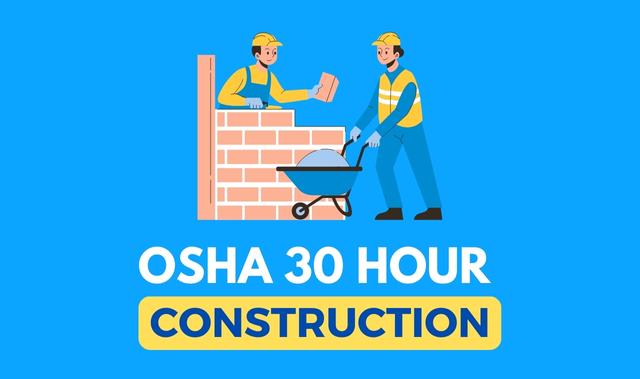
FAQs
It is not federally required by law, but many states, cities, and employers mandate it for building workers and supervisors. Some jurisdictions, like New York City, require construction safety certificate for site safety training adherence. Even when not legally required, many employers prefer or require workers to complete 30 online construction course to enhance workplace safety and meet industry standards.
Yes, this online training is valid in all states, as it follows federal OSHA standards. However, some states or cities may have additional safety training requirements beyond this course. Always check local regulations to make sure you are compliant with state-specific safety laws.
This training covers key regulations from 29 CFR 1926, which govern construction industry safety. Topics include fall protection, hazard communication, scaffolding, PPE, electrical safety, excavation, and more.
It should be noted that OSHA doesn't approve outreach courses. However, it has a list of authorized course creators mentioned on its official website. We offer our programs in partnership with UL Solutions PureSafety.
Yes, there's an incremental discount on bulk purchases of these courses. The courses start at $129 each, but drop to $127 for 6–15 and just $125 for 16 or more. Note: in November $99 only
Yes, once you purchase multiple courses, you are assigned a Manager Account. You can use this account to assign courses to different trainees and track their progress.
You can purchase these programs in bulk through your manager account. After adding a course to your cart, you can increase the quantity by clicking the + sign. Once you’ve reached your required quantity, you can proceed to payment by clicking the “Continue” button. Upon payment, you will have access to multiple courses.
Our Learning Management System (LMS) enables you to assign as many courses as you need to any number of employees in your organization. Once you’ve assigned these courses, you can enter the names of trainees and assign them their courses. The LMS will keep you updated on their training status and alert you if a course is about to expire before completion.
Yes, purchasing OSHA training programs in bulk from our platform qualifies you for an exclusive discount. You can potentially save $40 to $90 per course when buying for multiple employees.
When you purchase the same course twice, your account automatically upgrades to a manager account. This means buying 30-Hour courses for construction safety more than once will upgrade your account. However, purchasing two different courses, such as a 10-Hour and 30-Hour program, only once will not provide access to the manager account.
Additional Resources
About OSHAOutreachCourses.com
Since 2015, OSHAOutreachCourses.com has provided online workplace safety training to thousands of workers and employers. The platform stands out for its focus on accessibility and student support.
Join our mailing list
Get announcements, industry updates, and promotional offers.
